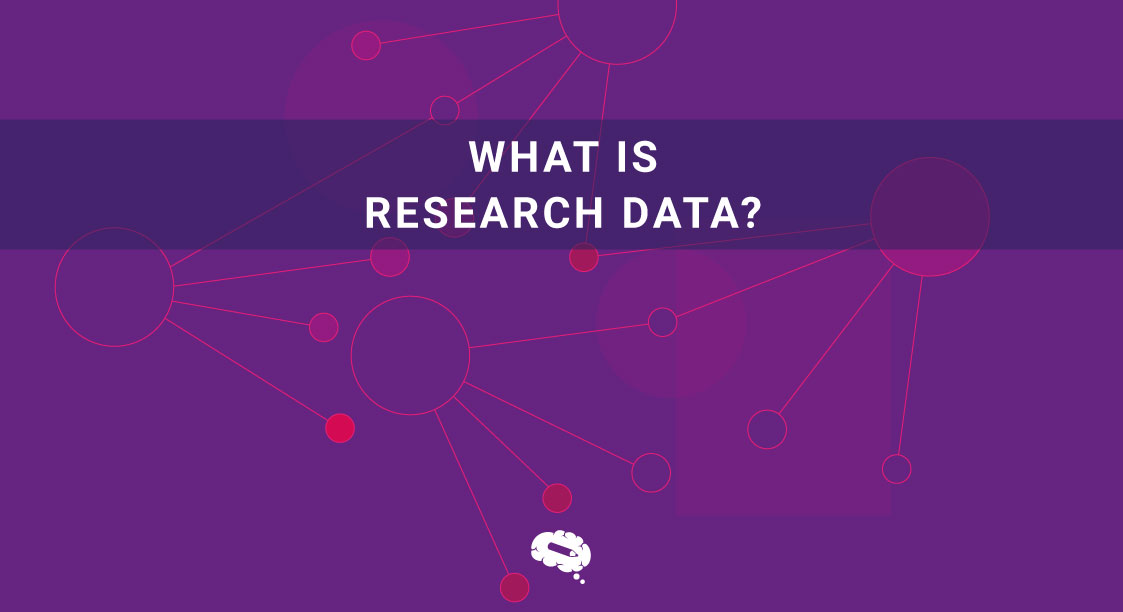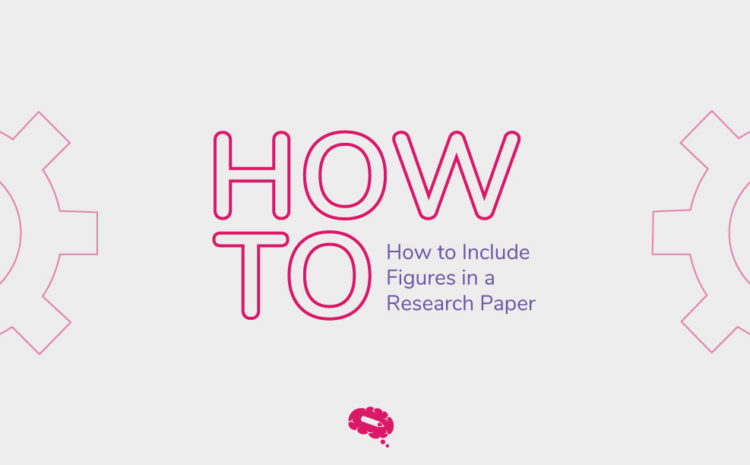Are you curious about the Findings section of a research paper? Did you know that this is a part where all the juicy results and discoveries are laid out for the world to see? Undoubtedly, the findings section of a research paper plays a critical role in presenting and interpreting the collected data. It serves as a comprehensive account of the study’s results and their implications.
Well, look no further because we’ve got you covered! In this article, we’re diving into the ins and outs of presenting and interpreting data in the findings section. We’ll be sharing tips and tricks on how to effectively present your findings, whether it’s through tables, graphs, or good old descriptive statistics.
Overview of the Findings Section of a Research Paper
The findings section of a research paper presents the results and outcomes of the study or investigation. It is a crucial part of the research paper where researchers interpret and analyze the data collected and draw conclusions based on their findings. This section aims to answer the research questions or hypotheses formulated earlier in the paper and provide evidence to support or refute them.
In the findings section, researchers typically present the data clearly and organized. They may use tables, graphs, charts, or other visual aids to illustrate the patterns, trends, or relationships observed in the data. The findings should be presented objectively, without any bias or personal opinions, and should be accompanied by appropriate statistical analyses or methods to ensure the validity and reliability of the results.
Organizing the Findings Section
The findings section of the research paper organizes and presents the results obtained from the study in a clear and logical manner. Here is a suggested structure for organizing the Findings section:
Introduction to the Findings
Start the section by providing a brief overview of the research objectives and the methodology employed. Recapitulate the research questions or hypotheses addressed in the study.
To learn more about methodology, read this article.
Descriptive Statistics and Data Presentation
Present the collected data using appropriate descriptive statistics. This may involve using tables, graphs, charts, or other visual representations to convey the information effectively. Remember: we can easily help you with that.
Data Analysis and Interpretation
Perform a thorough analysis of the data collected and describe the key findings. Present the results of statistical analyses or any other relevant methods used to analyze the data.
Discussion of Findings
Analyze and interpret the findings in the context of existing literature or theoretical frameworks. Discuss any patterns, trends, or relationships observed in the data. Compare and contrast the results with prior studies, highlighting similarities and differences.
Limitations and Constraints
Acknowledge and discuss any limitations or constraints that may have influenced the findings. This could include issues such as sample size, data collection methods, or potential biases.
Conclusion
Summarize the main findings of the study and emphasize their significance. Revisit the research questions or hypotheses and discuss whether they have been supported or refuted by the findings.
Presenting Data in the Findings Section
There are several ways to present data in the findings section of a research paper. Here are some common methods:
- Tables: Tables are commonly used to present organized and structured data. They are particularly useful when presenting numerical data with multiple variables or categories. Tables allow readers to easily compare and interpret the information presented.
Learn how to cite tables in research papers here. - Graphs and Charts: Graphs and charts are effective visual tools for presenting data, especially when illustrating trends, patterns, or relationships. Common types include bar graphs, line graphs, scatter plots, pie charts, and histograms. Graphs and charts provide a visual representation of the data, making it easier for readers to comprehend and interpret.
- Figures and Images: Figures and images can be used to present data that requires visual representation, such as maps, diagrams, or experimental setups. They can enhance the understanding of complex data or provide visual evidence to support the research findings.
- Descriptive Statistics: Descriptive statistics provide summary measures of central tendency (e.g., mean, median, mode) and dispersion (e.g., standard deviation, range) for numerical data. These statistics can be included in the text or presented in tables or graphs to provide a concise summary of the data distribution.
How to Effectively Interpret Results
Interpreting the results is a crucial aspect of the findings section in a research paper. It involves analyzing the data collected and drawing meaningful conclusions based on the findings. Following are the guidelines on how to effectively interpret the results.
Step 1 – Begin with a Recap
Start by restating the research questions or hypotheses to provide context for the interpretation. Remind readers of the specific objectives of the study to help them understand the relevance of the findings.
Step 2 – Relate Findings to Research Questions
Clearly articulate how the results address the research questions or hypotheses. Discuss each finding in relation to the original objectives and explain how it contributes to answering the research questions or supporting/refuting the hypotheses.
Step 3 – Compare with Existing Literature
Compare and contrast the findings with previous studies or existing literature. Highlight similarities, differences, or discrepancies between your results and those of other researchers. Discuss any consistencies or contradictions and provide possible explanations for the observed variations.
Step 4 – Consider Limitations and Alternative Explanations
Acknowledge the limitations of the study and discuss how they may have influenced the results. Explore alternative explanations or factors that could potentially account for the findings. Evaluate the robustness of the results in light of the limitations and alternative interpretations.
Step 5 – Discuss Implications and Significance
Highlight any potential applications or areas where further research is needed based on the outcomes of the study.
Step 6 – Address Inconsistencies and Contradictions
If there are any inconsistencies or contradictions in the findings, address them directly. Discuss possible reasons for the discrepancies and consider their implications for the overall interpretation. Be transparent about any uncertainties or unresolved issues.
Step 7 – Be Objective and Data-Driven
Present the interpretation objectively, based on the evidence and data collected. Avoid personal biases or subjective opinions. Use logical reasoning and sound arguments to support your interpretations.
Reporting Statistical Significance
When reporting statistical significance in the findings section of a research paper, it is important to accurately convey the results of statistical analyses and their implications. Here are some guidelines on how to report statistical significance effectively:
- Clearly State the Statistical Test: Begin by clearly stating the specific statistical test or analysis used to determine statistical significance. For example, you might mention that a t-test, chi-square test, ANOVA, correlation analysis, or regression analysis was employed.
- Report the Test Statistic: Provide the value of the test statistic obtained from the analysis. This could be the t-value, F-value, chi-square value, correlation coefficient, or any other relevant statistic depending on the test used.
- State the Degrees of Freedom: Indicate the degrees of freedom associated with the statistical test. Degrees of freedom represent the number of independent pieces of information available for estimating a statistic. For example, in a t-test, degrees of freedom would be mentioned as (df = n1 + n2 – 2) for an independent samples test or (df = N – 2) for a paired samples test.
- Report the p-value: The p-value indicates the probability of obtaining results as extreme or more extreme than the observed results, assuming the null hypothesis is true. Report the p-value associated with the statistical test. For example, p < 0.05 denotes statistical significance at the conventional level of α = 0.05.
- Provide the Conclusion: Based on the p-value obtained, state whether the results are statistically significant or not. If the p-value is less than the predetermined threshold (e.g., p < 0.05), state that the results are statistically significant. If the p-value is greater than the threshold, state that the results are not statistically significant.
- Discuss the Interpretation: After reporting statistical significance, discuss the practical or theoretical implications of the finding. Explain what the significant result means in the context of your research questions or hypotheses. Address the effect size and practical significance of the findings, if applicable.
- Consider Effect Size Measures: Along with statistical significance, it is often important to report effect size measures. Effect size quantifies the magnitude of the relationship or difference observed in the data. Common effect size measures include Cohen’s d, eta-squared, or Pearson’s r. Reporting effect size provides additional meaningful information about the strength of the observed effects.
- Be Accurate and Transparent: Ensure that the reported statistical significance and associated values are accurate. Avoid misinterpreting or misrepresenting the results. Be transparent about the statistical tests conducted, any assumptions made, and potential limitations or caveats that may impact the interpretation of the significant results.
Conclusion of the Findings Section
The conclusion of the findings section in a research paper serves as a summary and synthesis of the key findings and their implications. It is an opportunity to tie together the results, discuss their significance, and address the research objectives. Here are some guidelines on how to write the conclusion of the Findings section:
Summarize the Key Findings
Begin by summarizing the main findings of the study. Provide a concise overview of the significant results, patterns, or relationships that emerged from the data analysis. Highlight the most important findings that directly address the research questions or hypotheses.
Revisit the Research Objectives
Remind the reader of the research objectives stated at the beginning of the paper. Discuss how the findings contribute to achieving those objectives and whether they support or challenge the initial research questions or hypotheses.
Suggest Future Directions
Identify areas for further research or future directions based on the findings. Discuss any unanswered questions, unresolved issues, or new avenues of inquiry that emerged during the study. Propose potential research opportunities that can build upon the current findings.
The Best Scientific Figures to Represent Your Findings
Have you heard of any tool that helps you represent your findings through visuals like graphs, pie charts, and infographics? Well, if you haven’t, then here’s the tool you need to explore – Mind the Graph. It’s the tool that has the best scientific figures to represent your findings. Go, try it now, and make your research findings stand out!

Subscribe to our newsletter
Exclusive high quality content about effective visual
communication in science.






